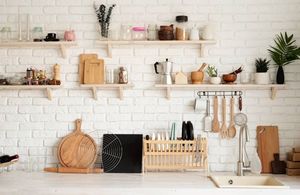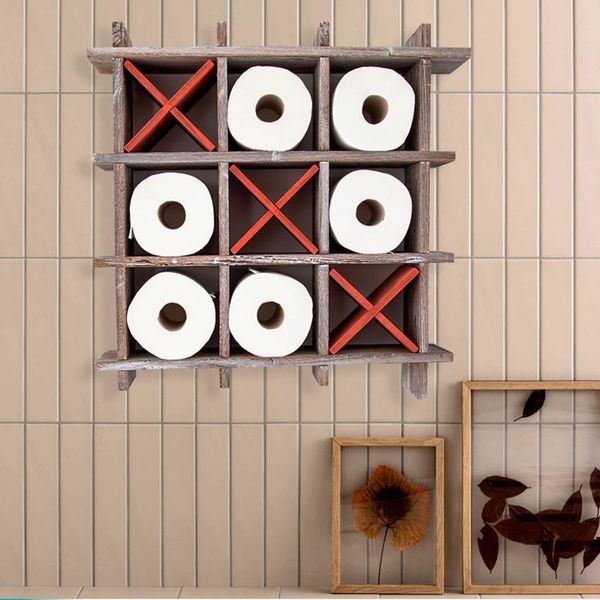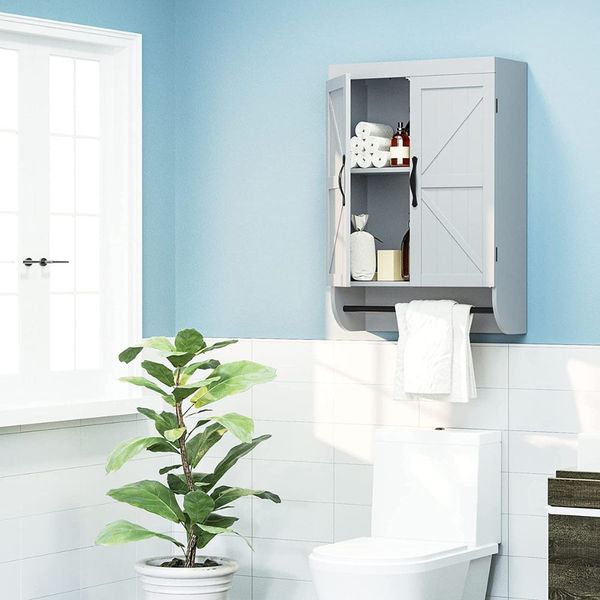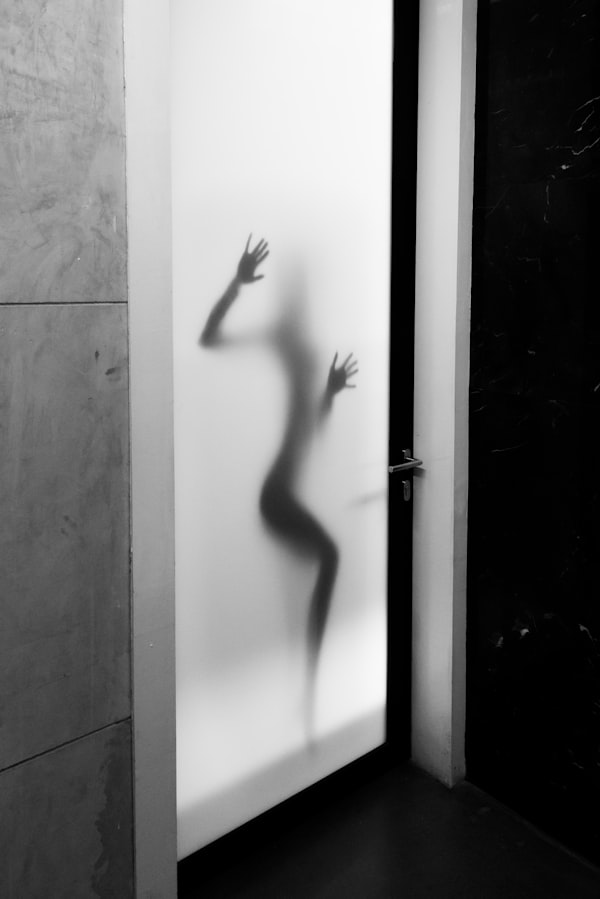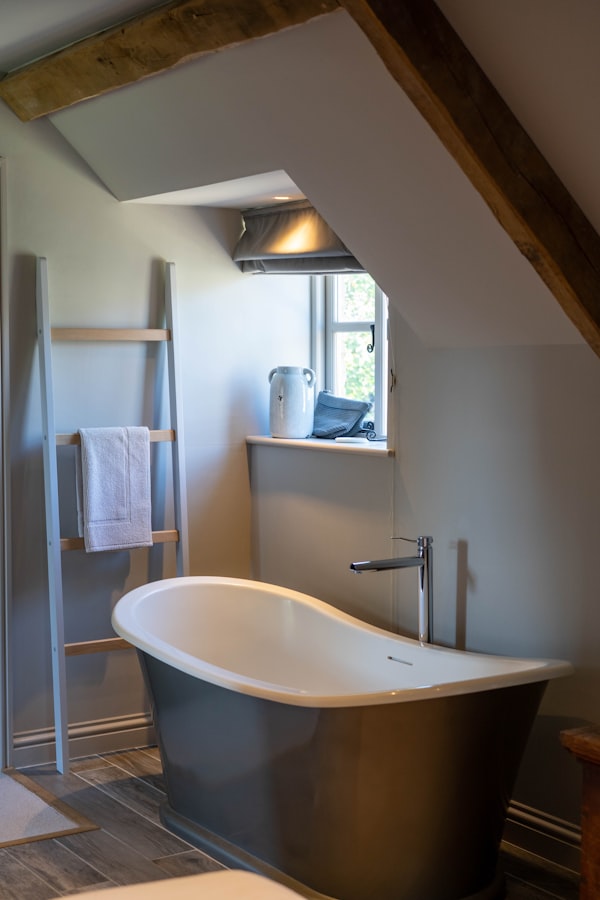Picking out a new faucet can be daunting – there are so many different styles and finishes to choose from! But one of the first decisions you’ll need to make is whether you want a single handle or a double handle faucet.
What is a one handle Faucet?
A one handle faucet is a type of plumbing fixture that uses a single lever or knob to control both the volume of water flow and the temperature. One handle faucets are common in both kitchens and bathrooms, and they can be either wall-mounted or installed on a countertop.
While most one handle faucets are operated with the use of your hands, some models may also have a foot pedal or sensor that controls the water flow.
One handle faucets are considered to be more user-friendly than two-handle fixtures, as they require only one motion to turn on/off and adjust the water flow.
In addition, one handle faucets often come equipped with a built-in water filter and/or aerator, which can help to save water and reduce your monthly utility bills.
Disclaimer: We are a participant in the Amazon Services LLC Associates Program. We are also an Affiliate for other Companies and may earn a commission for purchases made thru some of our links.
What is a Two Handle Faucet?
A two handle faucet is a type of faucet that uses two handles to control the flow and temperature of water. The advantage of a two handle faucet over a single handle faucet is that it allows you to more precisely control the water temperature.
This can be helpful when you're trying to avoid scalding yourself with hot water or freezing yourself with cold water. Two handle faucets are also generally less expensive than single handle faucets.
The downside of a two handle faucet is that it can be more difficult to operate than a single handle faucet. If you have arthritis or other ailments that make it difficult to use your hands, a two handle faucet may not be the best option for you.
Which is better: one or two handle faucets?
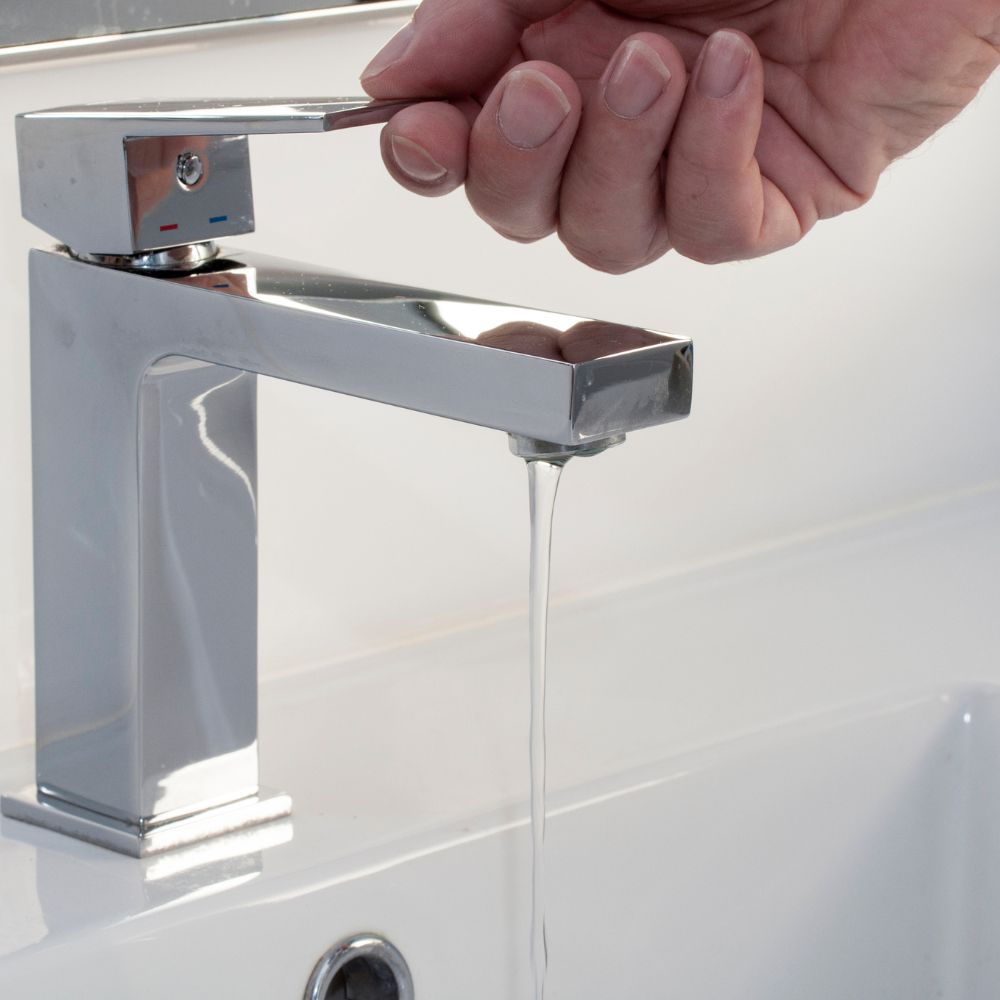
The Pros of One Handle Faucets
One handle faucets are a popular choice for both kitchen and bathroom sink faucets. They are often less expensive than their two handle counterparts and they can give your sink a sleek, modern look. One handle faucets are also easier to use, since you only have to worry about adjusting one lever to control the water temperature and flow.
Cons of One Handle Faucets
However, one handle faucets do have a few drawbacks. Because they only have one lever, it can be difficult to get the exact water temperature you want. You may have to adjust the lever several times before you find the perfect balance of hot and cold. And if your one handle faucet starts leaking, it can be difficult to find the source of the leak since there are fewer parts that could be causing the problem.
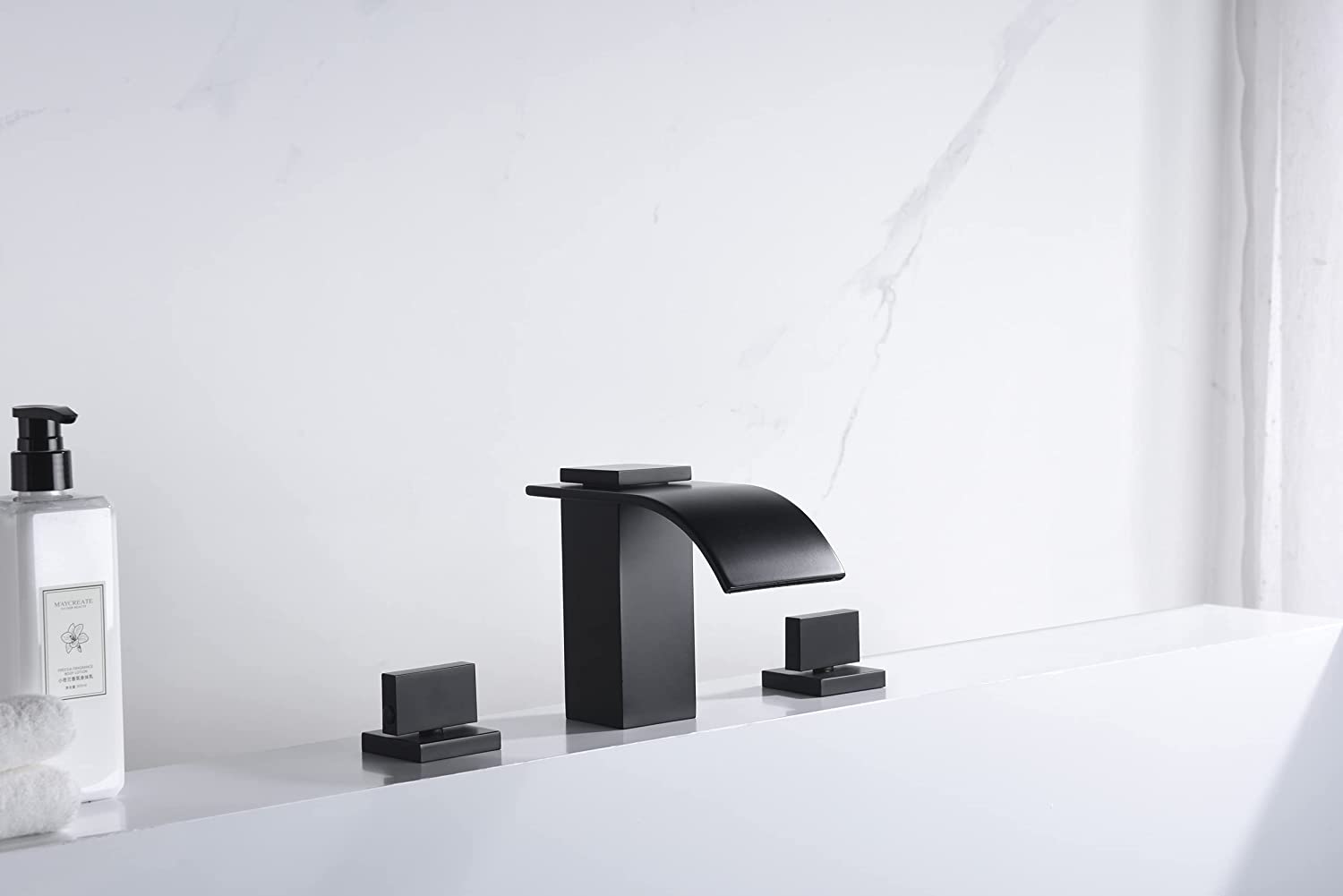
The Pros of Two Handle Faucets
Two handle faucets were once the standard, but they have fallen out of favor in recent years in favor of one handle models. However, there are still some advantages to choosing a two handle faucet. For one thing, it's easier to get an exact water temperature with a two handle faucet since each lever controls either hot or cold water independently.
Another advantage of two handle faucets is that they tend to be more durable than one handle models since there are fewer moving parts. And if your two handle faucet does start leaking, it's usually easier to find the source of the leak since there are more parts that could be causing the problem.
Cons of Two Handle Faucets
Though two handle faucets are the traditional style of faucet, they do have some drawbacks. One handle can be harder to control than two, and if one leaks, you have to shut off the water to the entire sink instead of just that one handle.
Two handle faucets can also be difficult to install - oftentimes requiring special adapters and hoses that aren't always readily available. And because they have more parts than a single handle faucet, they tend to break down more often and require more repairs.
So while two handle faucets may have a classic look, they may not be the best option for your home.
How to Choose Between Single and Double Handle Faucets
We'll break down the key considerations you need to keep in mind when choosing between single and double handle faucets.
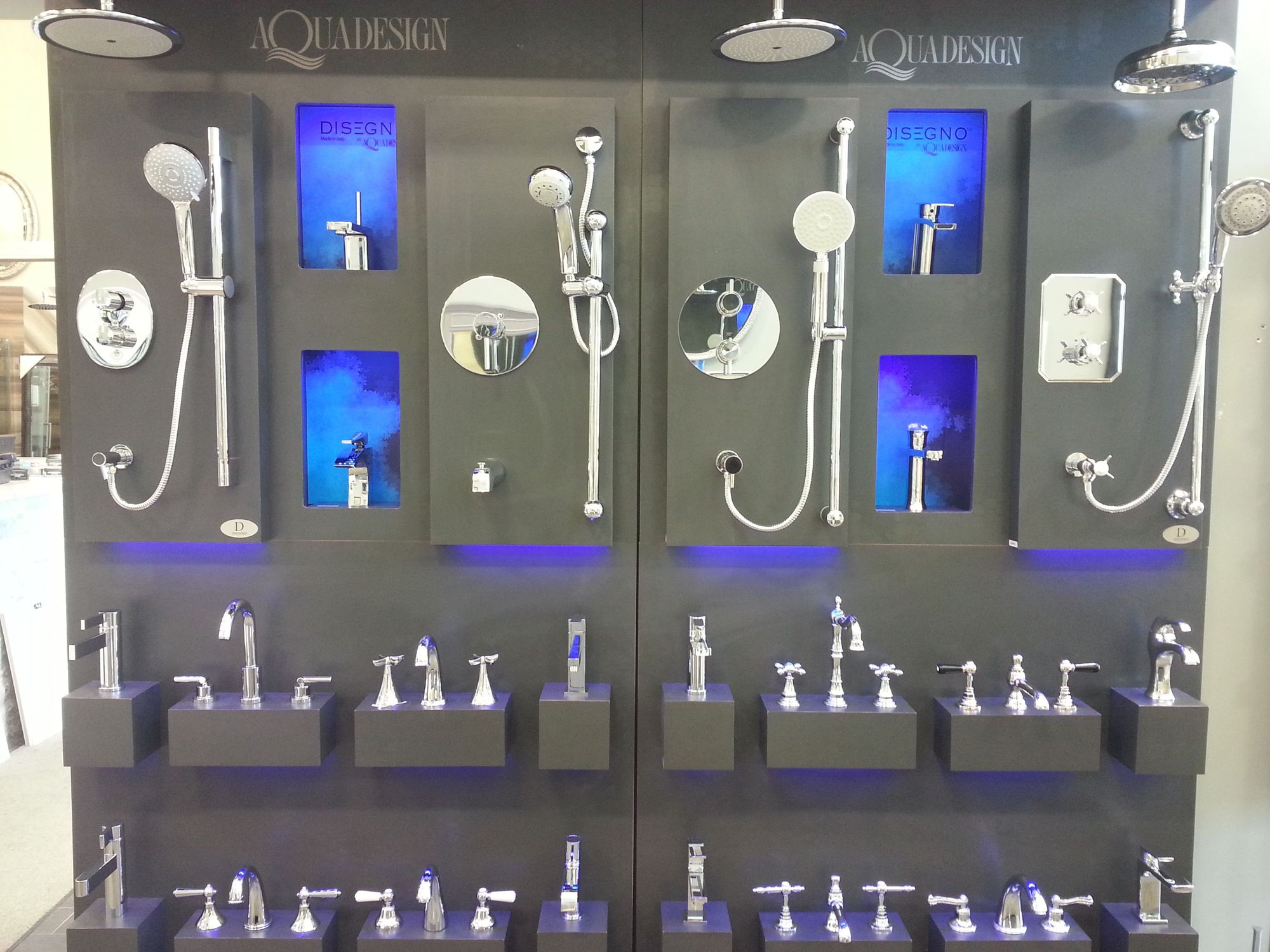
Considerations for Choosing Between Single and Double Handle Faucets
Installation
One of the main considerations you'll need to keep in mind when choosing between single and double handle faucets is installation. Single handle faucets are generally easier to install than double handle models, so if you're doing a DIY installation, they may be the better option. However, if you're hiring a professional plumber for installation, either type of faucet will likely be fine.
Water Pressure
Another key consideration is water pressure. If you have low water pressure in your home, a single handle faucet may be a better option because they don't require as much water pressure to operate properly. On the other hand, if you have high water pressure, a double handle faucet may be a better option because they can help regulate the water flow better than single handle models.
Personal Preference
You'll also want to consider your personal preferences. Some people prefer the look of double handle faucets, while others find them more difficult to use. If you're unsure which type of faucet you prefer, we recommend going to a local home improvement store and trying out both types before making your purchase.
Budget
Finally, you'll need to consider your budget. Single handle faucets are generally less expensive than double handle models, so if cost is a concern, they may be the better option. However, keep in mind that you usually get what you pay for - so a more expensive faucet may be a better investment in the long run.
Conclusion.
So, what’s the verdict? Are double handle faucets worth the price difference? In most cases, we think they are. They offer a more classic look and feel that can be hard to find with single handle faucets. Plus, they often come with additional features like ceramic valves and multiple finishes to choose from. If you’re in the market for a new kitchen faucet, let us know in the comments which type you decide on – we’d love to hear from you!


